If the current worldwide trend continues, engineers’ primary challenge will be managing the complex energy flow caused by supply and demand variability and grid overloading due to electric vehicles (EVs) connecting to the grid at variable intervals.
One solution is to use EV batteries as energy storage assets to improve grid response, referred to as vehicle-to-grid (V2G). V2G supports the secure operation of distributed energy resources and helps manage complex energy flow, improve efficiency, and minimise energy loss.
Managing these dynamic power systems is a complex endeavour and requires two key capabilities: 1) enable two-way power flow between EVs and the grid and 2) predict the overall electrical load and the time ranges when EVs are expected to connect to the grid. To do that, engineers must rely on bidirectional power converters and simulation-based technology development.
Developing bidirectional power converters
Using an EV battery as a storage unit requires a bidirectional power converter that permits electricity flow and a digital control system that manages device switching to regulate voltage and current. These components enable the converter to achieve the required power flow between the battery and the power system.
In bidirectional power converter development, design engineers use behavioural models on a desktop computer to simulate the battery, power converter and its control algorithms, and grid connection. The value of simulation models lies in their ability to accurately represent the technology’s behaviour in development and address engineering challenges at each stage of the development process. For example, converter average value models can be implemented in feedback control design. These models accurately capture the voltage and current response within the control system’s bandwidth while omitting the effect of power electronic switching. This simplifies the model because it does not need to simulate over higher frequencies, allowing engineers to perform control design iterations rapidly. Desktop simulation can also be used to evaluate the response of grid-connected charging stations, evaluate compliance against grid codes, and develop predictive maintenance algorithms that improve system up-time.
Control design for bidirectional power converters includes tuning control parameters for achieving stable and rapid response and providing support for four-quadrant control, enabling the system to control both the direction of current flow and the voltage polarity. Once the feedback control is designed, engineers can evaluate it on a more detailed model that includes power electronic switching. As part of the feedback control system verification, this evaluation assesses the impact of high-frequency harmonics.
Desktop simulation can also be used to evaluate system response under conditions that are difficult or dangerous to test on physical hardware. For example, fault simulations allow engineers to develop and thoroughly test fault monitoring and isolation algorithms in a safe, repeatable environment. After verifying and validating the design in the desktop environment, control and monitoring algorithms can be converted automatically to production-quality C or HDL code. This code can then be tested in a real-time environment to further reduce risk before making final hardware choices.
Integrating bidirectional power converters into the power system is only part of the challenge. To ensure that large-scale deployment of EVs and bidirectional power converters will not compromise grid stability or reliability, engineers must determine how these systems interact with the grid under a wide range of operating conditions. Engineers employ an essential tool for evaluating component and grid-level performance: system-level simulation studies.
Conducting simulation studies to evaluate EV charging impacts on the grid
Assessing the impact of EV charging on grid response requires detailed power system simulation studies, which engineers perform using Model-Based Design. Power system simulations are broadly classified into two types: phasor and electromagnetic transient (EMT). Phasor simulations are better suited for long-duration grid impact studies of EV charging, as they enable quasistatic simulations to be conducted over larger steps and longer time periods. A quasistatic simulation does not require detailed simulated dynamic responses. Instead, it focuses on moving through many operating points, where time steps can range from a few minutes to an hour, and the studied time periods can range from a few hours to a year or longer.
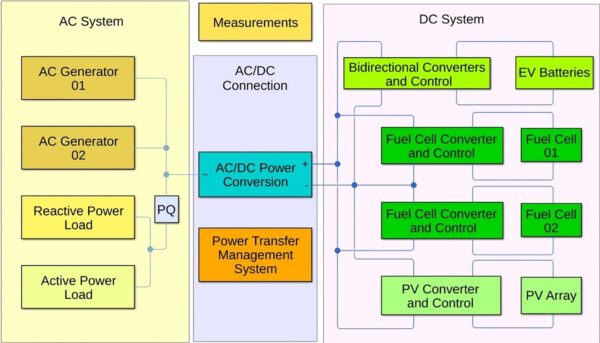
Image: Mathworks
Quasistatic simulations over long time periods provide information on anticipated power demand throughout the system’s lifetime. They are used for component sizing, evaluating technology mixes, and planning system upgrades. EMT studies are necessary when more detailed information about the operation of specific technologies is required, such as assessing the impact of power electronic switching harmonics on the power system.
EV charging stations are typically connected to the grid through inverter-based resources (IBRs), which are power converters operated via digital control. IBR simulation requires small time steps – on the order of microseconds or nanoseconds – to capture the effects of power electronic switching, as well as detailed modeling of power converter topology and control systems.
Grid impact studies require engineers to consider potentially thousands of operational scenarios involving connecting EVs at multiple grid locations. For efficient operational scenario simulation on a large scale, parallel computing can distribute the scenarios across multiple cores.
V2G as a catalyst for grid modernisation
V2G technology can enhance grid stability and efficiency by enabling bidirectional EV battery charging. This approach offers system-level benefits, such as peak grid power demand mitigation and supporting the reliable operation of distributed energy resources. Advanced simulation models and smart charging algorithms enable precise energy management optimisation, improving grid resilience and reducing reliance on emission-intensive power plants.
As V2G systems see wider adoption, ongoing development and rigorous validation of these technologies are essential to building a more sustainable and robust energy infrastructure.
Author: Stéphane Marouani, Country Manager Australia and New Zealand, Mathworks
The views and opinions expressed in this article are the author’s own, and do not necessarily reflect those held by pv magazine.
This content is protected by copyright and may not be reused. If you want to cooperate with us and would like to reuse some of our content, please contact: editors@pv-magazine.com.
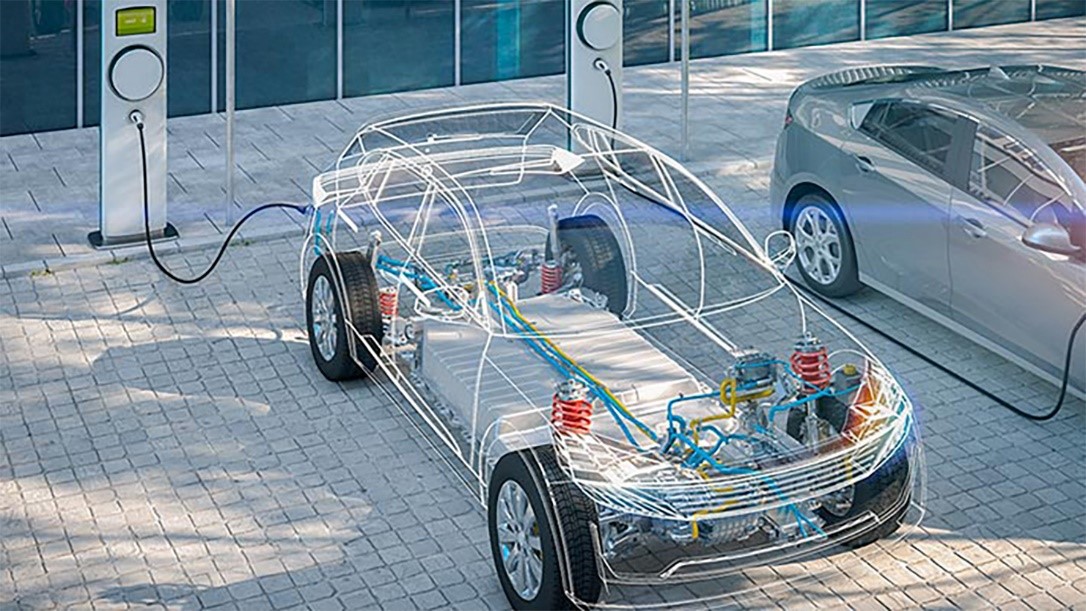
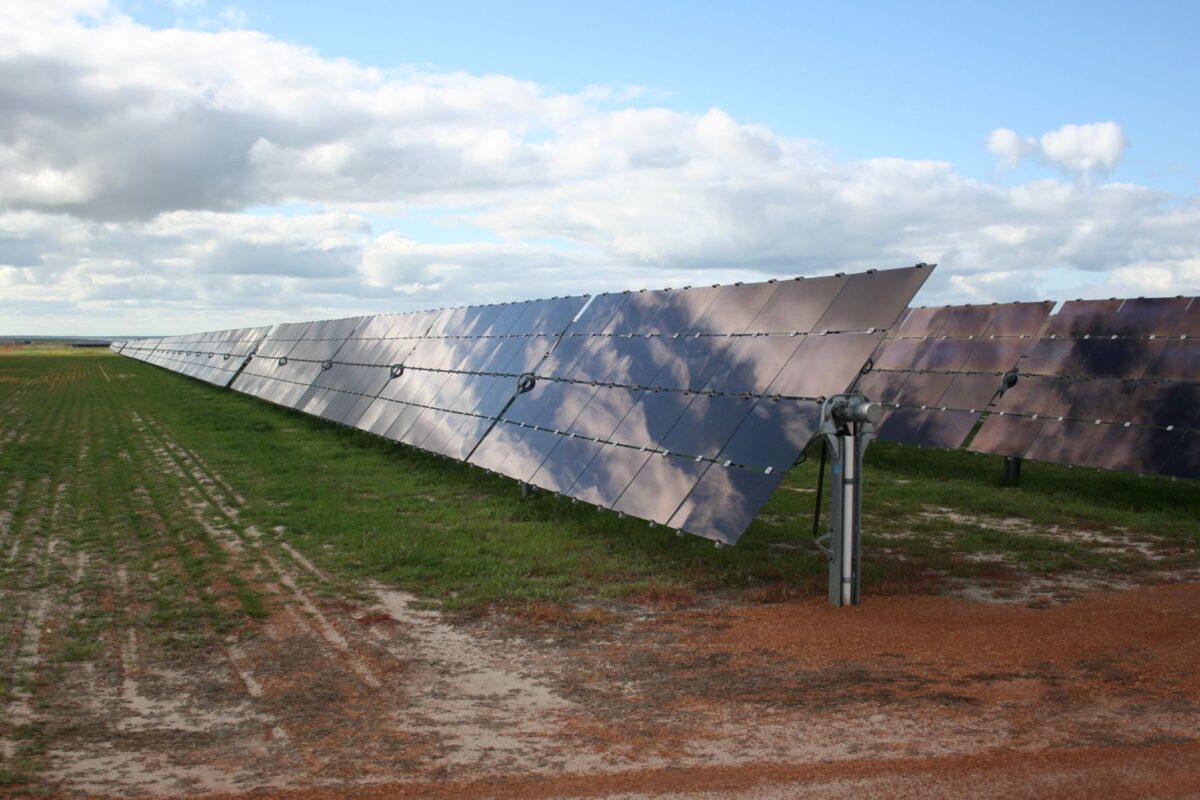


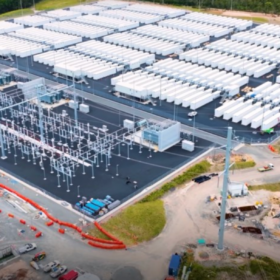
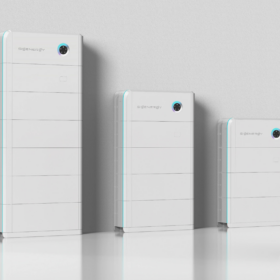


By submitting this form you agree to pv magazine using your data for the purposes of publishing your comment.
Your personal data will only be disclosed or otherwise transmitted to third parties for the purposes of spam filtering or if this is necessary for technical maintenance of the website. Any other transfer to third parties will not take place unless this is justified on the basis of applicable data protection regulations or if pv magazine is legally obliged to do so.
You may revoke this consent at any time with effect for the future, in which case your personal data will be deleted immediately. Otherwise, your data will be deleted if pv magazine has processed your request or the purpose of data storage is fulfilled.
Further information on data privacy can be found in our Data Protection Policy.